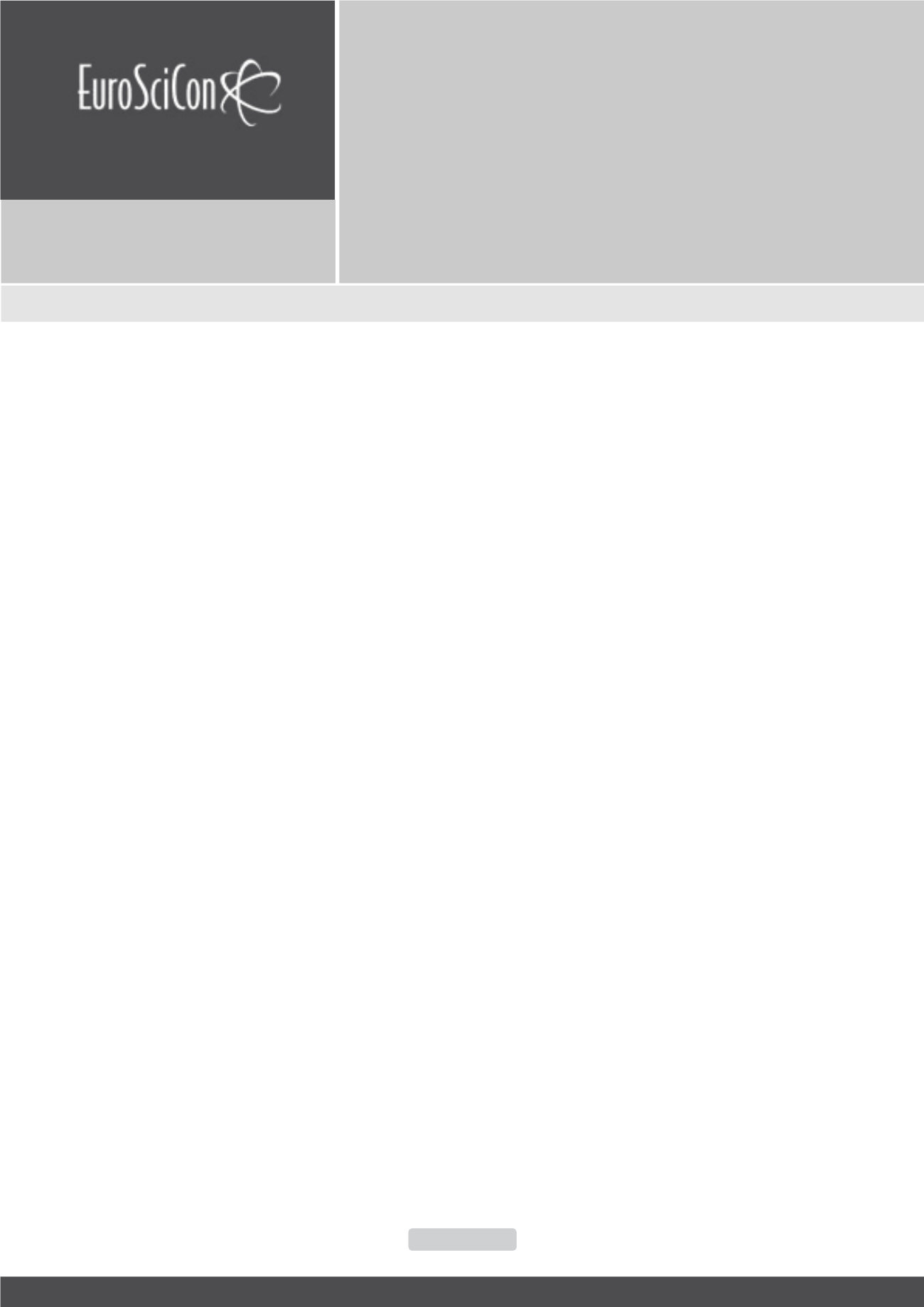

Addiction Psychiatry 2018
Journal of Addiction Research & Therapy
ISSN: 2155-6105
Page 48
August 13-14, 2018
Madrid, Spain
8
th
International Conference on
Addiction Psychiatry
T
he objective of the study is to prove that multitherapy is more
effective than the current methods used for the treatment of
toxicomanie, addiction todrugsandalcoholicbeverages. Intensive
therapy against drug abuse, developed by Anna Lou Olivier, which
began in 1997 in a private drug recovery clinic, with weekly
sessions lasting 12 hours, distributed as follows: first part of the
two-hour, group treatment, with exercises and laboratories and
nine hours of individual assistance and/or clarification of doubts.
During lunch, which lasted an hour, there was also fraternization,
in an extension of the treatment. The sessions were developed
within a support group and the participants were volunteers that
is, there was no obligation to participate in the group, so, of the
80 patients admitted to the clinic, only 72 participated actively in
the activities. These participants had such good results that the
care was extended to their relatives. Even the relatives of eight
patients who refused treatment were enrolled. The therapeutic
care was 80 families and 72 patients hospitalized. This study
lasted six months and the results were published in the books “A
Escola Produtiva” (1999) and “Acontece nas melhores famílias”
(2000). After this study, this same method was applied in several
other clinics until 2008, when new results were published in the
book “Distúrbios Familiares”. In 2010, all these studies, methods
and results were recorded as an integral part of the multi-therapy
developed by Anna Lou Olivier, CREM (Centro de Referência e
Estudo em Multiterapia). Overall, the results were satisfactory.
The first group tested had an average of 60% overall improvement
and 90% awareness. Although they continued treatment, after the
completion of this method implantation, the participants and their
families had more union, more awareness and more strength to
fight drugs. The other groups analyzed had an average of 70%
of achievement and also 90% of awareness. For the author was
also very productive because, in addition to more experience
and more data to add to the method of multitherapy, all collected
content based three books already cited that were useful to guide
many families who go through the drama of having one or more
members involved with various drugs. All the patients received
this treatment completely free of charge and agreed to collaborate
with this research.
louevoce@loudeolivier.comMultitherapy treating toxicomanie, addiction to drugs and
alcoholic beverages
Anna Lou Olivier
Brazil
J Addict Res Ther 2018, Volume 9
DOI: 10.4172/2155-6105-C2-040
















